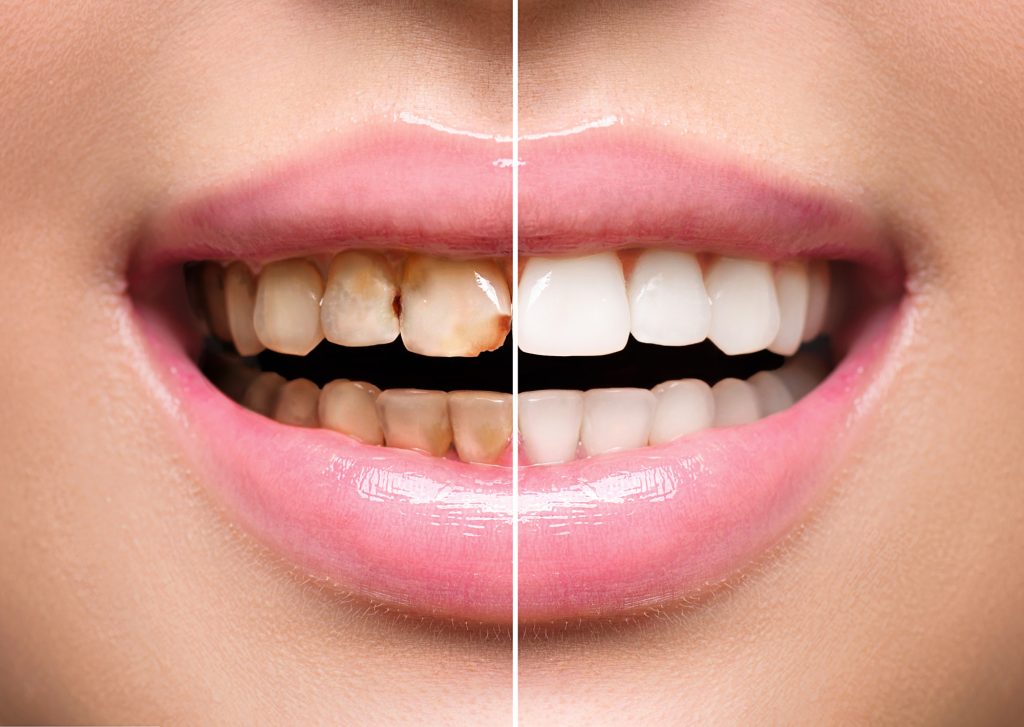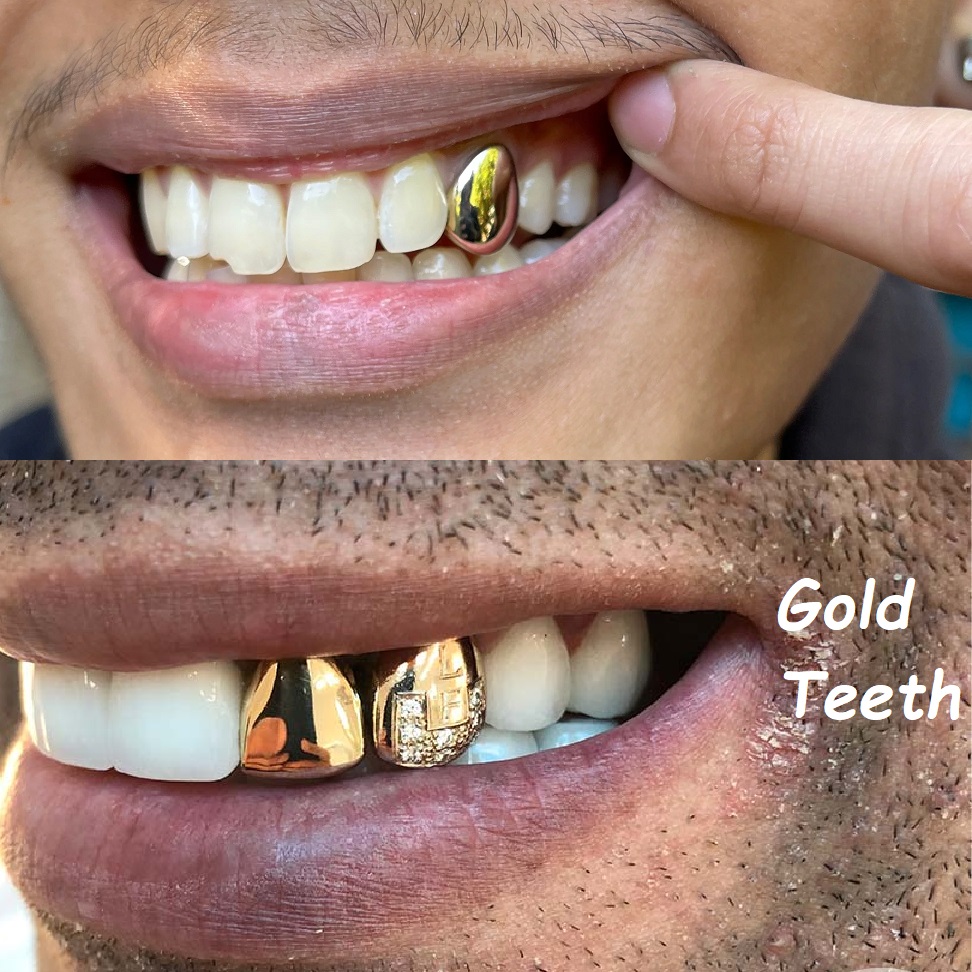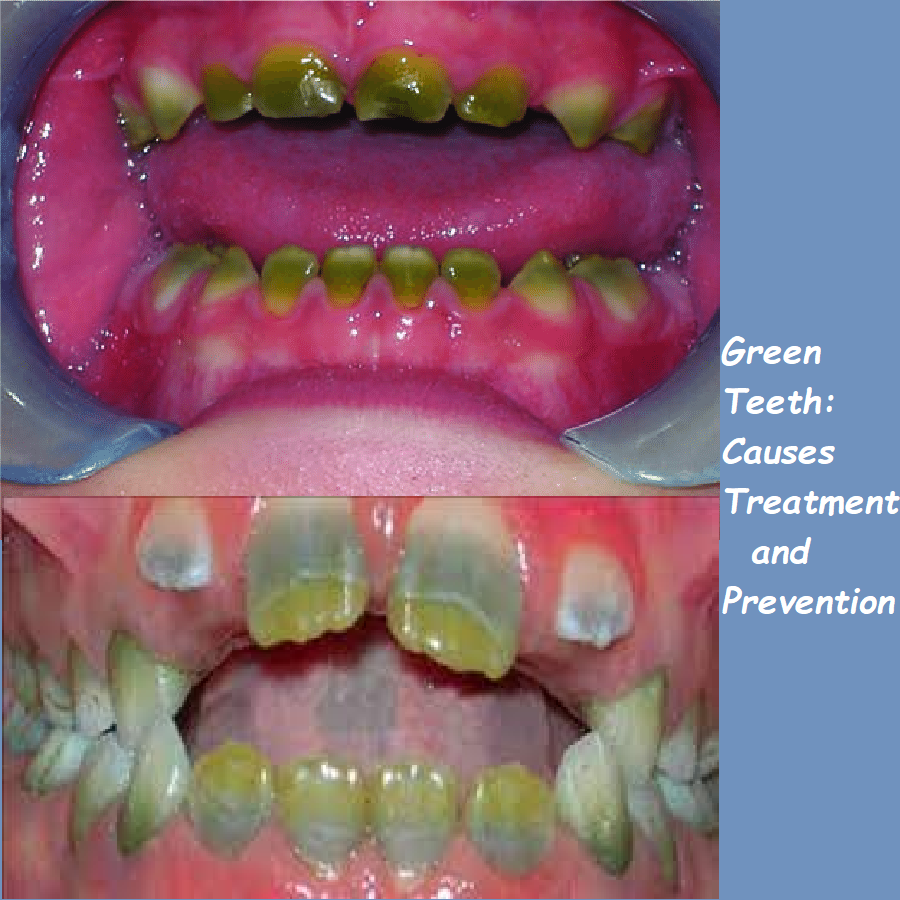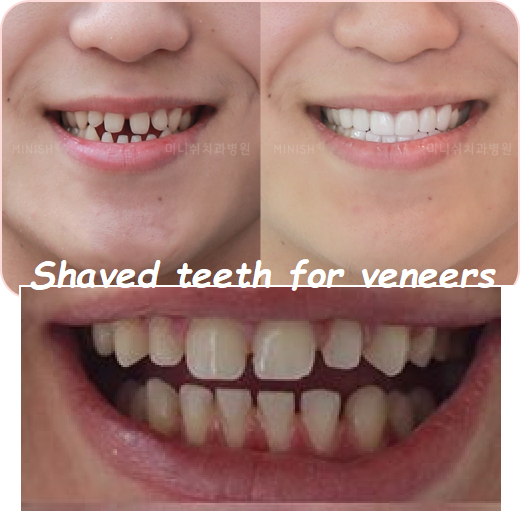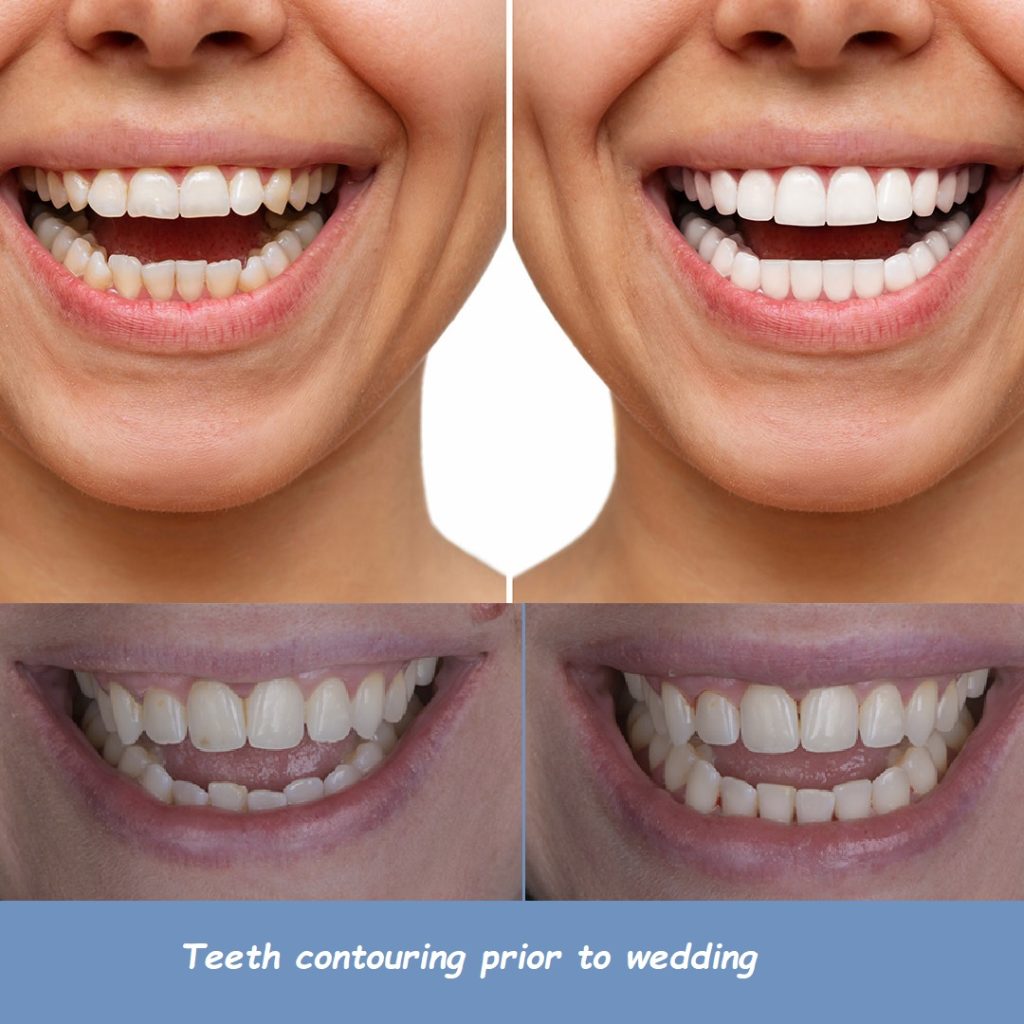one front tooth longer than other
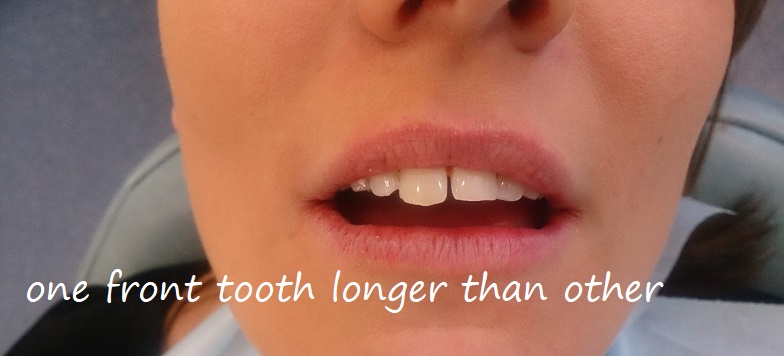
A perfectly aligned smile is often considered a hallmark of beauty and good oral health. However, many people face various dental concerns, including one front tooth being longer than the other. This issue can affect both the aesthetics and functionality of your smile. This comprehensive guide will explore the causes, potential implications, and various treatment options for addressing a front tooth that is longer than the other.
Understanding the Issue
What Causes One Front Tooth to be Longer Than the Other?
Several factors can contribute to the condition where one front tooth appears longer than its counterpart. Understanding these causes can help determine the most appropriate treatment approach.
1. Genetics
Genetics play a significant role in determining the size and shape of your teeth. If your parents or other family members have similar dental characteristics, you might inherit these traits.
2. Tooth Wear and Erosion
Over time, natural wear and tear, as well as erosion from acidic foods and drinks, can cause uneven tooth lengths. If one tooth is more worn down than the other, it can create the appearance of one being longer.
3. Trauma or Injury
Trauma or injury to the mouth can cause a tooth to shift or break, leading to uneven lengths. For example, a chipped tooth can make the unaffected tooth appear longer.
4. Dental Procedures
Previous dental work, such as fillings, crowns, or veneers, might result in slight variations in tooth length if not done symmetrically.
5. Tooth Grinding (Bruxism)
Habitual grinding or clenching of teeth, known as bruxism, can lead to uneven wear and length discrepancies between teeth.
6. Gum Recession
Gum recession exposes more of the tooth’s surface, making it appear longer. This can occur due to gum disease, aggressive brushing, or aging.
Implications of Uneven Front Teeth
Aesthetic Concerns
One of the primary concerns with uneven front teeth is the impact on your smile’s appearance. This can affect your confidence and willingness to smile or engage in social interactions.
Functional Issues
Uneven teeth can lead to functional problems, including difficulty in biting and chewing. This imbalance can also place extra stress on the jaw, leading to discomfort or pain.
Oral Health Risks
In some cases, uneven teeth can contribute to oral health issues. For instance, one tooth might be more prone to damage or decay due to its position or the additional pressure it bears.
Treatment Options for Uneven Front Teeth
Several treatment options are available to address the issue of one front tooth being longer than the other. The choice of treatment depends on the underlying cause, the extent of the discrepancy, and individual patient preferences.
1. Dental Bonding
What is Dental Bonding?
Dental bonding involves applying a tooth-colored resin to the tooth’s surface to reshape and match the length of the adjacent tooth. This is a minimally invasive and cost-effective solution.
Procedure
- Preparation: The dentist will roughen the tooth surface and apply a conditioning liquid.
- Application: The tooth-colored resin is applied, molded, and shaped to the desired length.
- Curing: A special light is used to harden the resin.
- Polishing: The bonded tooth is polished to match the sheen of the natural teeth.
2. Dental Contouring (Enameloplasty)
What is Dental Contouring?
Dental contouring, or enameloplasty, involves reshaping the teeth by removing small amounts of enamel to create a more balanced appearance.
Procedure
- Examination: The dentist will examine the teeth and take X-rays if necessary.
- Reshaping: Using a laser or drill, the dentist will carefully remove small amounts of enamel from the longer tooth to match the length of the shorter one.
- Smoothing: The tooth is smoothed and polished for a natural look.
3. Veneers
What are Veneers?
Veneers are thin shells of porcelain or composite resin that are bonded to the front surface of the teeth to improve their appearance and alignment.
Procedure
- Consultation: A detailed discussion with the dentist to understand the desired outcome.
- Preparation: A small amount of enamel is removed from the front of the teeth to accommodate the veneers.
- Impression: Impressions of the teeth are taken to create custom veneers.
- Bonding: The custom veneers are bonded to the teeth with a strong adhesive and then cured with a special light.
4. Orthodontics
What is Orthodontic Treatment?
Orthodontic treatment, including braces or clear aligners like Invisalign, can be used to correct alignment issues and ensure all teeth are in the proper position and length.
Procedure
- Assessment: A thorough evaluation by an orthodontist to determine the best treatment plan.
- Braces or Aligners: Application of braces or fitting of clear aligners to gradually move the teeth into the desired position.
- Adjustment and Monitoring: Regular visits to the orthodontist for adjustments and monitoring progress.
5. Crowns
What are Crowns?
Crowns are caps that cover the entire tooth, restoring its shape, size, and appearance. They are often used for teeth that are significantly damaged or misshapen.
Procedure
- Preparation: The tooth is reshaped to fit the crown.
- Impression: An impression of the tooth is taken to create a custom crown.
- Temporary Crown: A temporary crown may be placed while the permanent one is being made.
- Placement: The custom crown is cemented onto the tooth.
Preventing Uneven Teeth
Regular Dental Check-Ups
Regular dental check-ups can help detect and address issues early, preventing uneven wear or damage.
Good Oral Hygiene
Maintaining good oral hygiene, including brushing and flossing, helps keep your teeth healthy and reduces the risk of gum disease and decay.
Mouthguards for Bruxism
If you grind or clench your teeth, using a mouthguard can help protect your teeth from uneven wear and potential damage.
Protective Gear for Sports
Wearing protective gear during sports can prevent dental injuries that might result in uneven teeth.
Conclusion
Having one front tooth longer than the other can be a source of concern, both aesthetically and functionally. Fortunately, various treatments are available to address this issue, ranging from dental bonding and contouring to veneers, orthodontics, and crowns. Understanding the underlying cause and working with a qualified dental professional can help you achieve a balanced and beautiful smile. Regular dental care and preventive measures can also help maintain the health and appearance of your teeth, preventing future issues. If you notice a discrepancy in your front teeth, consult with your dentist to explore the best treatment options for your needs.

